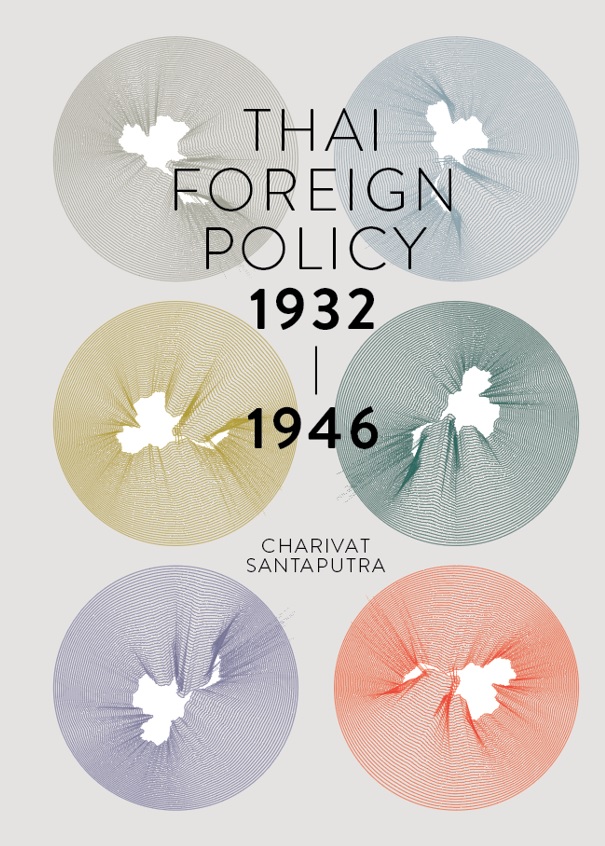Thai Foreign Policy 1932-1946  | Subtitle :
Abstract :
This book is an attempt to apply certain features of foreign policy analysis to empirical evidence, in order to explain what, why and how certain foreign policies were pursued by Siam (Thailand) during the period 1932-1946. Brecher operational and psychological environments in the decision-making model are described to show what other Powers thought of an issue and what Siamese leaders perceived it to be. How various variables (internal and external) contributed to each foreign policy strategy and execution in response to each salient issue is the central theme of this book. After the problem of recognition and intervention had passed following the 1932 Revolution, the contest for the control of foreign policy was between the military faction led by Pibul and the liberAl civilians led by Pridi. When Pibul finally assumed his dictatorship role, speculative and aggressive foreign policies were pursued, ending with his oral commitment to Japan in the Indo-China Conflict, which led to the alliance with Japan during the Second World War. Luckily, Pridi led the Resistance Movement to salvage something out of the situation and finally restored the sovereign status of the country. It can be seen that the foreign policies of neutrality, flexibility, and playing one Power against another have always beneficial to a weak nation like Siam.
Registration No : B3287
Author :
Charivat Santaputra
Edition :
Impresum : Bangkok: International Studies Center, Ministry of Foreign Affairs of Thailand, 2020
Description :
Language : English
ISBN 9786163410771
Classification:
1. 100 - POLITICAL- SECURITY COMMUNITY / 100 - POLITICAL SECURITY COMMUNITY
Keyword :
1 Thailand
2 Foreign Policy
Availability :
Hard copies 1 of 1
◀ Return to Category Page |
Related Literatures |
You are not logged in yet
Please log in before you can start to reserve a book. If you don't have a username and password please contact our administrator.
|